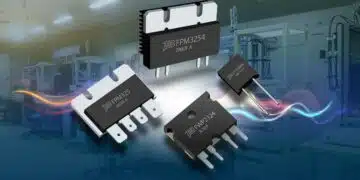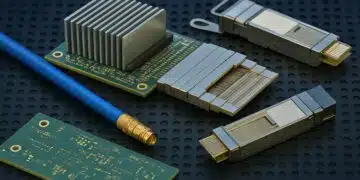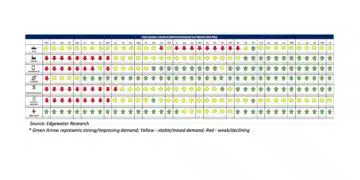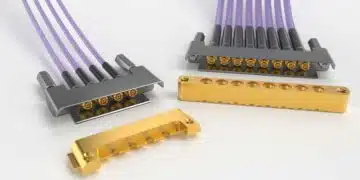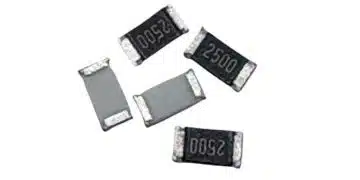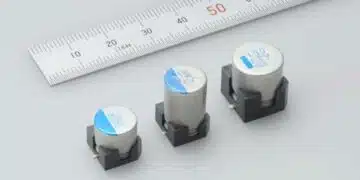This article based on Samtec blog explores non-magnetic interconnection and connectors.
What is a Non-Magnetic Connector?
A non-magnetic connector is a specialized component designed to maintain signal integrity and operational stability in magnetically sensitive environments.
By utilizing materials and designs that are less susceptible to magnetic fields, these connectors can operate in these sensitive environments and not influence or be influenced by magnetism.
- Industries Typically Requesting Non-Magnetic Connectors
Industries such as healthcare, scientific research, aerospace, industrial automation, and quantum computing commonly request connectors that are not affected by magnetism.
In these sectors, where precision and accuracy are non-negotiable, the presence of magnetic interference can lead to significant disruptions, compromising the integrity of data, endangering lives, and causing costly setbacks.
- How to Make a Connector Non-Magnetic?
The construction of non-magnetic connectors involves the use of specialized materials and engineering techniques designed to eliminate magnetic susceptibility.
By employing unique or modified alloys, coatings, and insulating materials, Samtec ensures that the connectors remain impervious to magnetic fields, thereby safeguarding the integrity of sensitive applications.
Watch the Chalk Talk
For those eager to explore the nuances of non-magnetic connectors and discover how they can be designed into critical applications, we’ve embedded the Chalk Talk video below. Join Amelia Dalton and John Riley as they unravel some of the mysteries behind non-magnetic interconnects.


